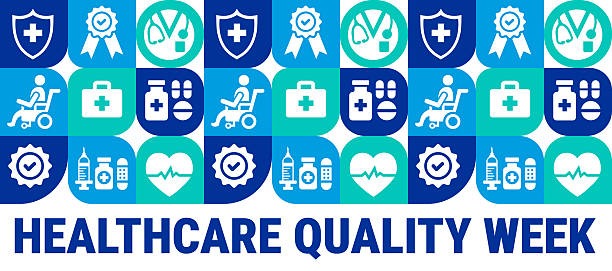Running a large healthcare facility is no small feat. Hospitals and extensive medical centers are complex ecosystems where patient care, administrative efficiency, and operational excellence must work in perfect harmony. Ensuring high-quality care while managing a facility of significant size demands a proactive approach, clear strategies, and a commitment to continuous improvement. Whether you oversee a hospital, a multi-specialty clinic, or a large healthcare network, the following tips can help streamline operations and ensure exceptional patient outcomes.
1. Prioritize Patient-Centered Care
At the heart of every healthcare operation lies the patient. Large facilities must ensure that every policy, procedure, and practice prioritizes patient safety and satisfaction. This includes not only the quality of medical treatment but also patient experience factors such as wait times, ease of access, clear communication, and empathy from staff. Establishing patient feedback channels and regularly reviewing patient satisfaction surveys can help identify areas for improvement and maintain a culture of patient-centered care.
2. Implement Efficient Staff Management
Large healthcare facilities often employ hundreds or even thousands of staff members, from doctors and nurses to administrative and support personnel. Efficient workforce management is crucial to maintaining high standards of care. Scheduling systems should be optimized to ensure proper coverage across shifts, while staff training programs should focus on both technical skills and soft skills like communication and teamwork. Encouraging ongoing professional development and recognizing staff achievements can also improve morale and reduce turnover, which directly impacts the quality of care patients receive.
3. Leverage Technology for Streamlined Operations
Modern healthcare operations increasingly depend on advanced technology to maintain efficiency and accuracy. Tools such as electronic health records (EHRs), telemedicine platforms, hospital management systems, and e-prescribe software streamline workflows and reduce errors. For large facilities, integrating these technologies across departments ensures smooth communication, faster decision-making, and coordinated patient care. Additionally, analytics tools can monitor patient outcomes, uncover trends, and enable administrators to implement data-driven improvements that enhance both the quality of care and overall operational performance.
4. Focus on Infection Control and Safety Protocols
Maintaining a safe environment is critical in large healthcare operations, where the risk of infection and medical errors can escalate with size. Strict hygiene protocols, regular sanitation audits, and comprehensive infection control measures are essential. Regular training sessions on safety procedures and emergency response protocols help ensure staff are prepared to handle any situation, from routine patient care to unexpected crises. Implementing these measures not only protects patients and staff but also strengthens public trust in the facility.
5. Optimize Resource Allocation
Large healthcare facilities often face challenges related to resource management, including medical supplies, equipment, and personnel. Ensuring that resources are allocated efficiently can prevent bottlenecks, reduce costs, and enhance patient care. Inventory management systems can track usage and anticipate shortages, while cross-departmental coordination can ensure that critical equipment and staff are available where needed most. Efficient resource management also supports sustainability efforts, which are increasingly important for large institutions.
6. Promote Continuous Quality Improvement
Healthcare is an ever-evolving field, and maintaining high-quality care requires ongoing evaluation and improvement. Large facilities should adopt a continuous quality improvement (CQI) approach, using performance metrics, patient outcomes, and staff feedback to identify areas for enhancement. Regular audits, peer reviews, and participation in accreditation programs can help ensure that the facility not only meets industry standards but also exceeds them. A culture of continuous improvement encourages innovation and helps large healthcare operations adapt to changing patient needs.
7. Foster Effective Communication
In sprawling healthcare operations, communication is key. Miscommunication between departments, staff, and patients can lead to errors, delays, and dissatisfaction. Establishing clear communication protocols, regular interdisciplinary meetings, and centralized information systems can improve coordination and prevent misunderstandings. Transparent communication with patients about their care plans and treatment options also enhances trust and contributes to better health outcomes.
In Conclusion
Managing a large healthcare facility is a complex but rewarding challenge. By prioritizing patient-centered care, investing in staff, leveraging technology, enforcing safety protocols, optimizing resources, committing to continuous improvement, and fostering communication, large healthcare operations can deliver exceptional care while maintaining operational efficiency. High-quality care is not just about advanced equipment or cutting-edge treatments—it is the result of a well-coordinated, thoughtful approach that places patients and staff at the center of every decision. With these strategies in place, large healthcare facilities can achieve excellence in both care and management, setting the standard for healthcare delivery on a grand scale.
